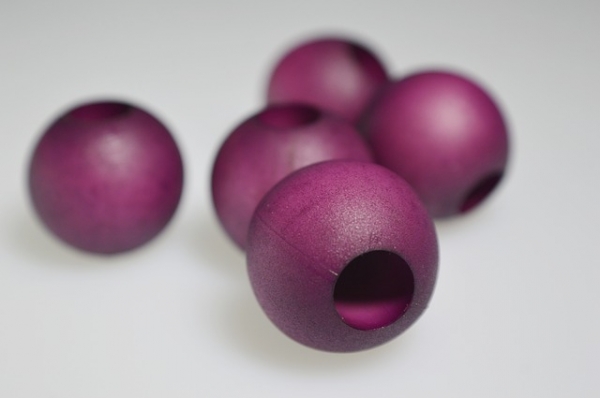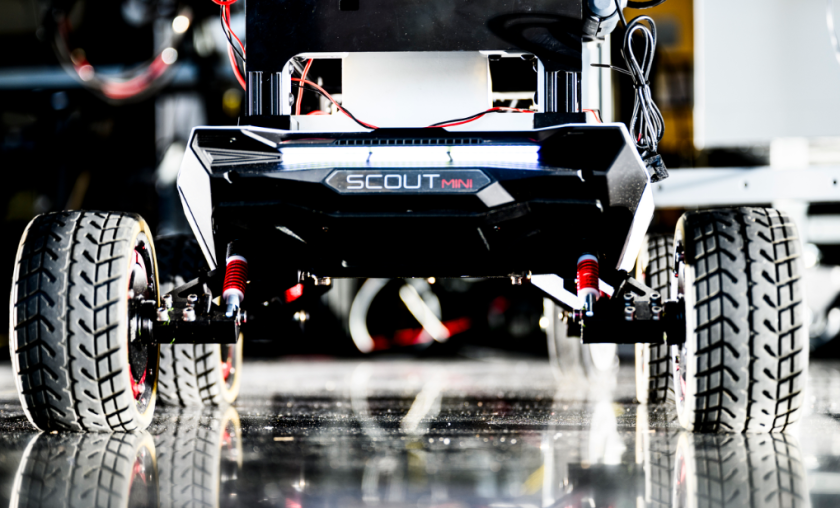With the advancement in the medical field, scientists are trying to develop non-invasive treatment techniques. In one such study carried out by scientists, from Drexel University in Philadelphia, have created a tiny magnetic robot that they believe can be used for targeted drug delivery or conduct non invasive small scale surgeries.
Microswimmers
These beads shaped tiny robots, also called as microswimmers are steered by magnetic field while traveling beside red blood cells, precisely supplying drugs to the affected body part or carry out medical procedures inside the body. Additionally, microswimmers are capable of navigating through different environments as blood stream as well as micro-environment inside a tumor, thus making them highly effective for such drug delivery jobs said U Kei Cheang lead co-author of the study.
Microbeads Creating Chains
The tiny robots are magnetically connected with each other to create chains of varied lengths. The chains are externally controlled by a rotating magnetic field. The speed of bots is dependent on the magnetic field, faster the field, faster the robots move. Scientists also noted that on rotation longer chains moves faster than the shorter chains, essentially with minimum side-effect on patient well-being.
Modular Segments
Increased frequency of rotation will lead the chain to break up into smaller segments which can move independently of each other. Thus, different sequence and shapes of the beads means greater versatility. For example, spherical beads can be navigated to a specific site in the body for conveniently in one configuration, but later can be directed to change shape to maneuver through different tissues or conduct desired tasks.
According to Henry Fu, associate professor at the University of Utah, such simple geometries acting as building blocks when assembled in various complicated shapes can do more wonders. The findings from the study definitely look promising in treating patients more effectively in the future.




